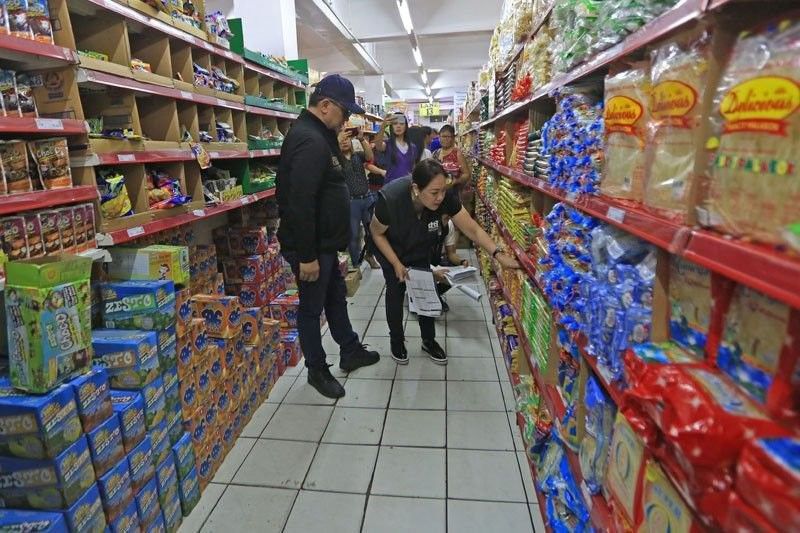Inflation snaps 6-month downtrend, rises 3.2% in May

MANILA, Philippines — The rise in consumer prices picked up pace in May, snapping a six-month slowdown, as prices of food, housing, utilities and fuels accelerated, the Philippine Statistics Authority (PSA) reported yesterday.
Based on PSA’s latest data, headline inflation – the rate of change in the average prices of goods and services typically purchased by consumers – rose at a faster pace of 3.2 percent in May from three percent in April, bringing the year-to-date average to 3.6 percent, still within the government’s full year inflation target of two to four percent.
The uptrend was primarily brought about by faster growth in the heavily weighted food and non-alcoholic index as well as in the index of housing, water, electricity, gas and other fuels.
Growth in the food index alone was sharp in May at 3.2 percent compared with 2.9 percent in April. Faster growth in prices were seen for the following food groups: fish, fruits, vegetables, cereals and bakery products.
The National Economic and Development Authority (NEDA) attributed the faster growth in food prices to the prevailing El Niño weather phenomenon that brought damage to the agriculture sector.
“Faster price adjustments in food and non-alcoholic beverages drove the uptick in headline inflation as weak El Niño conditions persisted, and brought significant damage to the agriculture sector in the midst of the election period’s strong consumption demand,” said Socioeconomic Planning Secretary and NEDA chief Ernesto Pernia.
“El Niño is a recurring problem that requires an immediate and long-term response. The country needs to have a more robust solution to mitigate the impacts of extreme weather conditions and climate change considering that the Philippines is prone to natural disasters,” he added.
Moreover, food prices continue to remain under threat by several external aggravating factors such as the prevalence of African Swine Fever (ASF) and the increase in international rice prices.
“With the possible global pork shortage and the ban on importation of pork products from ASF-affected areas, domestic production of livestock should be beefed up to meet household and commercial demand,” Pernia said.
The Bangko Sentral ng Pilipinas (BSP), the government agency in charge of ensuring price stability through interest rates, maintained that despite the uptick in May, inflation would likely hover around two percent in the third quarter.
BSP Governor Benjamin Diokno said the inflation figure for May was within the central bank’s 2.8 percent to 3.6 percent forecast.
“That should not be seen as a reversal of the trend,” Diokno said in a text message to The STAR.
The BSP chief said inflation would average in the vicinity of three percent for 2019 and 2020 after accelerating to 5.2 percent last year from 2.9 percent in 2017 due to elevated oil and food prices as well as weak peso.
“Basically the drivers of inflation remain on the supply side and therefore generally temporary. The only risk is when the uptick gets prolonged and starts generating second round effects and higher inflationary expectations especially in the face of the heavy catch up on public spending on infrastructure in the second half,” BSP Deputy Governor Diwa Guinigundo said.
Noelan Arbis, economist at British banking giant HSBC, said higher food prices is likely to persist until the El Niño period is over, while higher fuel prices is seen pulling back in June given a recent decline in global oil prices.
He said the higher-than-expected inflation in May was largely transitory and headline prices would decline below three percent in the second half of the year due to favorable base effects and benign demand-side pressures.
“Our forecast also factors in the possibility of higher food prices in the second half as a result of potential typhoons. We expect headline inflation to average 3.1 percent in 2019 – well within the BSP’s two to four percent target range,” Arbis added.
- Latest
- Trending




























